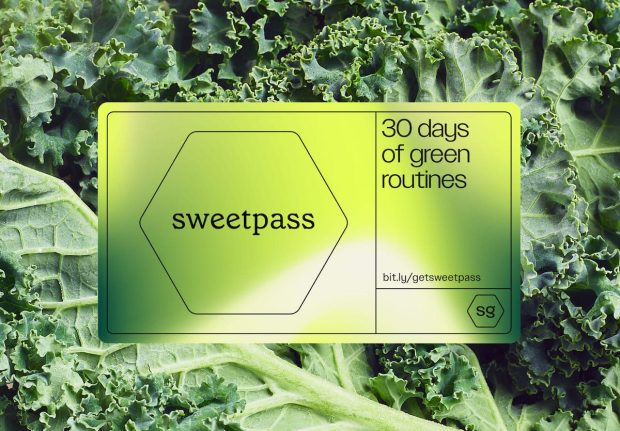Restaurants Add Subscriptions as Diners Cut Spending

As restaurants compete for consumers’ loyalty, earn-and-burn rewards programs may not be enough.
Consequently, more brands around the world are turning to subscription and membership models to drive frequency. For instance, last week, France’s Italian-style chain Del Arte, which has about 200 restaurants, kicked off a subscription program at 13 locations, as French news publication The Connexion reported. The service offers one of a limited selection of lunch options daily to in-person diners who pay a 34.99 euro (about $37) monthly fee for a six-month period.
The outlet translated the brand’s director general Philippe Jean comment to French publication Le Figaro, stating, “In the context of dropping purchasing power, this offer should be appealing.”
Meanwhile, across the pond, New York City-based dessert chain Milk Bar has launched a very different subscription, one geared not at driving in-store visits but at extending sales opportunities for its shipping business. Earlier this month, Thrillist reported, the company rolled out its “First Bite Club” subscription service nationally, offering monthly deliveries of limited-time baked goods that have not yet become publicly available. The program capitalizes on the subscription model’s capability to create a sense of exclusivity for members.
Granted, not all brands get the pricing structure right on the first try. On Tuesday (Dec. 27), Fast Casual reported that California’s Urban Plates chain, which has 17 locations across the state, has reduced the monthly fee for its subscription program, which offers 20% off orders, cutting it from $10 to $5.
There may be more entrants into the restaurant subscription space next year. For instance, in a interview with QSR, Zaxby’s Chief Marketing and Strategy Officer Patrick Schwing, speaking about predictions for 2023, noted that these offerings “can make sense for restaurants,” adding that they “open up opportunities” for new kinds of perks.
Indeed, those who have already made moves in the space agree that the model will stick around.
“Subscriptions are here to stay,” Taco Bell Global Chief Brand Officer Sean Tresvant told PYMNTS in an interview, adding that the brand is “excited to take these learnings” to inform future interaction with customers “in new and unique ways.”
Demand for restaurant subscriptions may be comparatively small, but PYMNTS research revealed that those who are interested in the model are especially valuable customers for restaurants to win over. Research from the February/March edition of PYMNTS’ Digital Divide study, “Digital Divide: Restaurant Subscribers and Loyalty Programs,” found that 17% of consumers are “very” or “extremely” interested in being provided a restaurant subscription service, and 25% are neutral to the concept. Conversely, the majority of consumers (58%) reported being just slightly interested or not interested at all in participating.
Yet subscription-seeking diners are brands’ most loyal customers. The study, which drew from a December survey of more than 2,000 U.S. adults, found that 78% of subscribers and 73% of those interested in subscriptions reported being very or extremely loyal toward their preferred QSRs. Conversely, just 41% of those who are uninterested in subscriptions said the same.
Indeed, subscriptions can also drive frequency with those customers who are not yet highly loyal. At the start of the year, Sweetgreen launched a test of a subscription program, Sweetpass, which offered up to one daily $3 credit back on purchases for 30 days for a one-time $10 fee.
In an interview with PYMNTS, the chain’s chief digital officer, Daniel Shlossman, noted that the offering not only boosted the loyalty of customers who already purchased frequently but also of those who had not been active in a while and of new customers.
“We saw that, no matter what type of customer you were, you came back more often in that period,” he said.